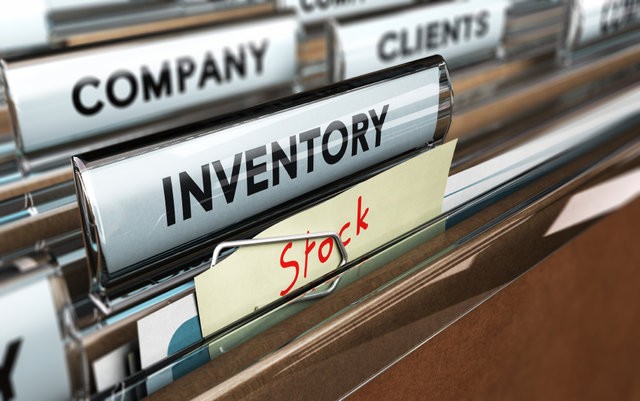Over the 30-odd years I have been a commercial banker, Wall Street analyst, and corporate CFO in the United States and abroad, I’ve been involved in a lot of corporate projects and business start-ups. While I’m sure there have been exceptions, I have no doubt that every project or company of any complexity would have been less successful if the people responsible for the prosperity of the project had not done some detailed planning.
In a market as explosive and as clearly destined for strong growth in the foreseeable future as the cannabis industry is, you might be tempted to forego detailed planning for your business. This would be a mistake. Yes, strong sales growth can cover a multitude of poor management decisions, but such growth also has the potential for creating serious problems for your business from which there is no recovery.
One area of particular concern in a hyper-growth new industry is inventory. The natural tendency, especially for a new business whose owners want to quickly gain some market share, is to have plenty of inventory on hand to ensure no potential customer is ever told the product he or she wants is not available. Many customers have a clear idea in their head when they walk in the door – they know exactly what product they are looking for and no substitute will do. They will walk out empty-handed if they can’t buy the exact product they’ve come to buy.
Unfortunately, in an industry where inventory has a limited shelf life, trying to carry every product your potential customers might want is a bad business decision. If you don’t know the top 15 to 20 selling products in your local market – and the cannabis business is a very local business in every respect – you won’t be able to focus your capital, your sales planning, and your staff’s product knowledge on the products that are going to provide your fastest-moving products and biggest profits.
If you have any doubt that excess inventory that becomes un-sellable inventory is a profit killer, here’s some simple math. Let’s assume you mark up a batch of inventory by 100 percent (meaning you pay X dollars for it and sell it for 2X dollars). However, you end up not selling half of that inventory. What does that do to your profit on that particular product? It translates into no profit at all. Carrying that inventory will have earned you exactly zero net income.
Take into account the storage space and other costs of buying and keeping that inventory on hand and it’s pretty obvious that inventory that does not turnover quickly can be a big drag on your business’s profitability.






